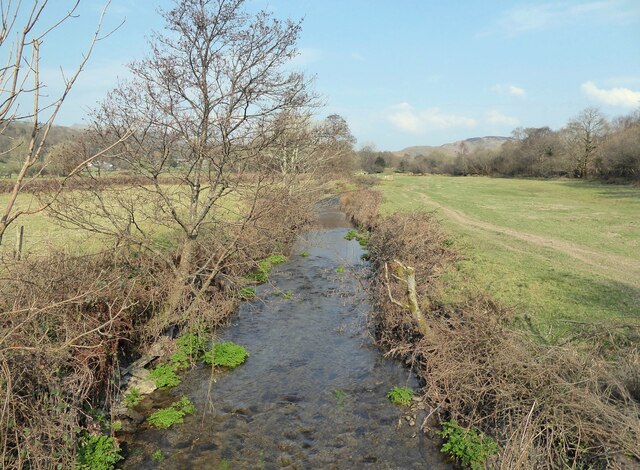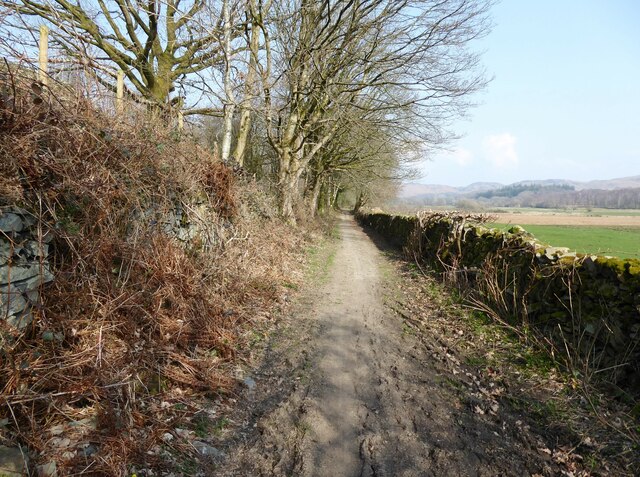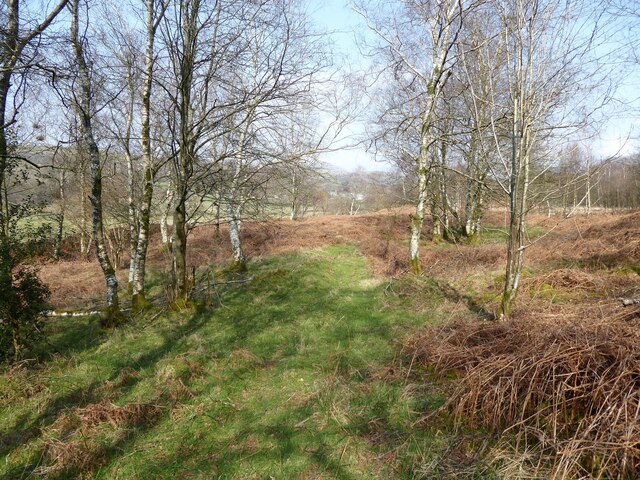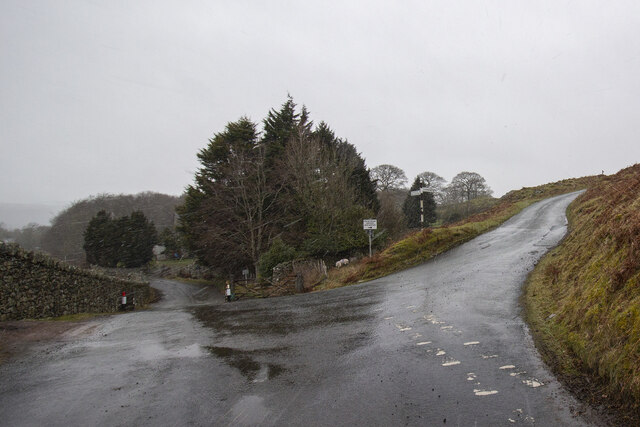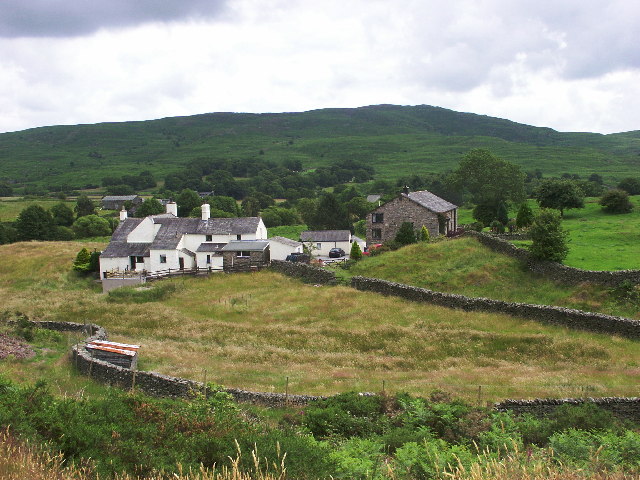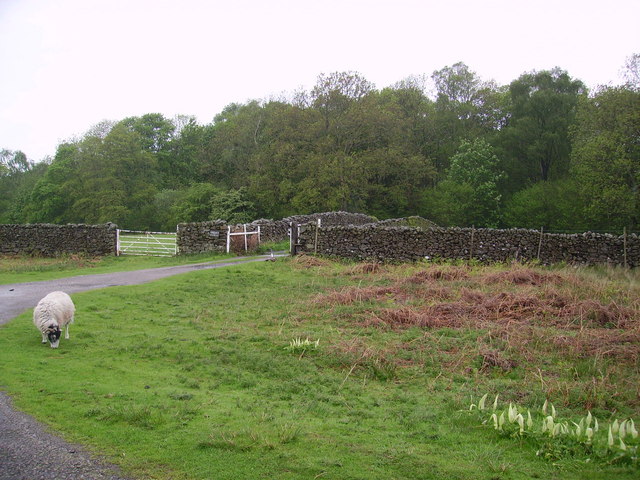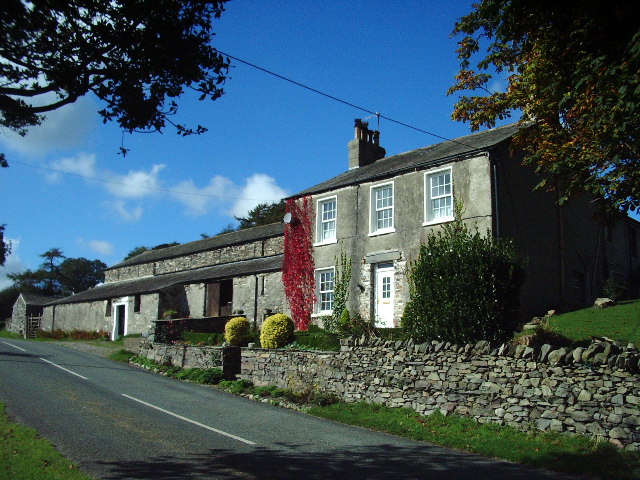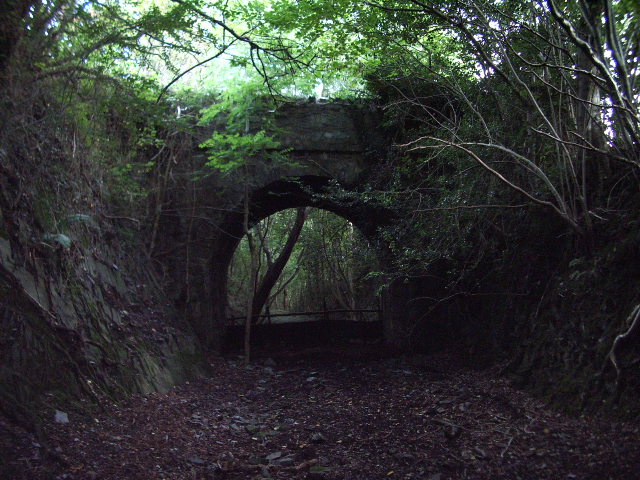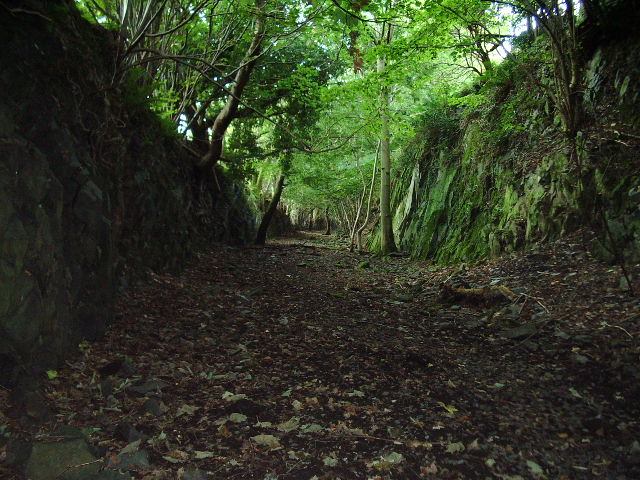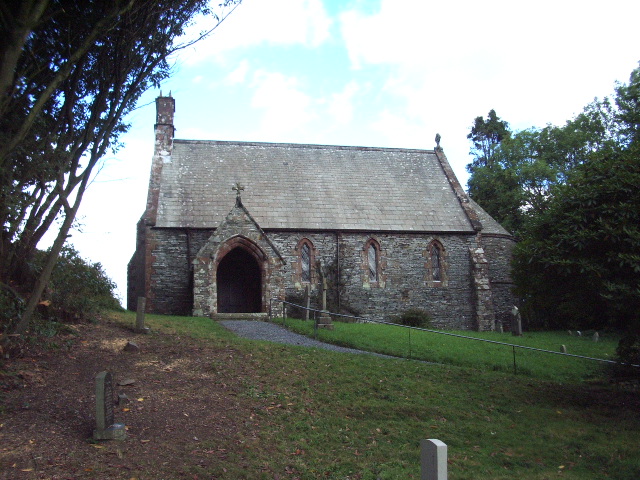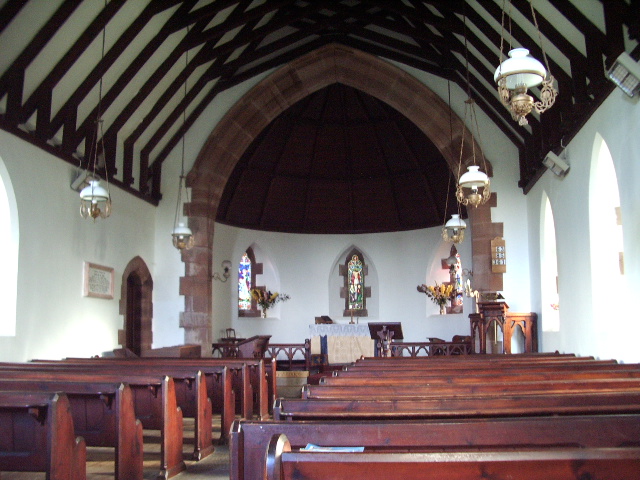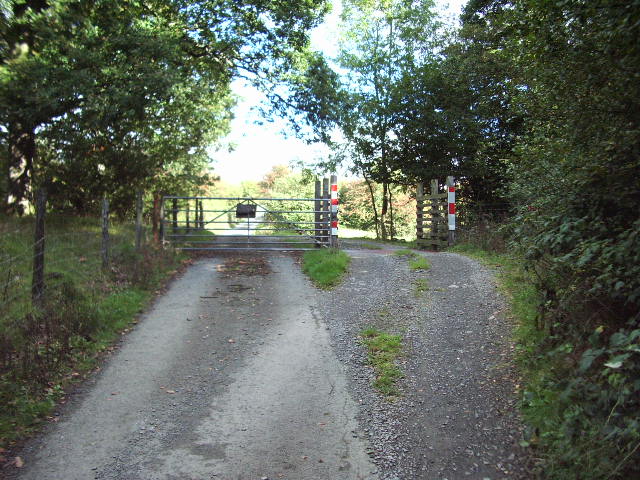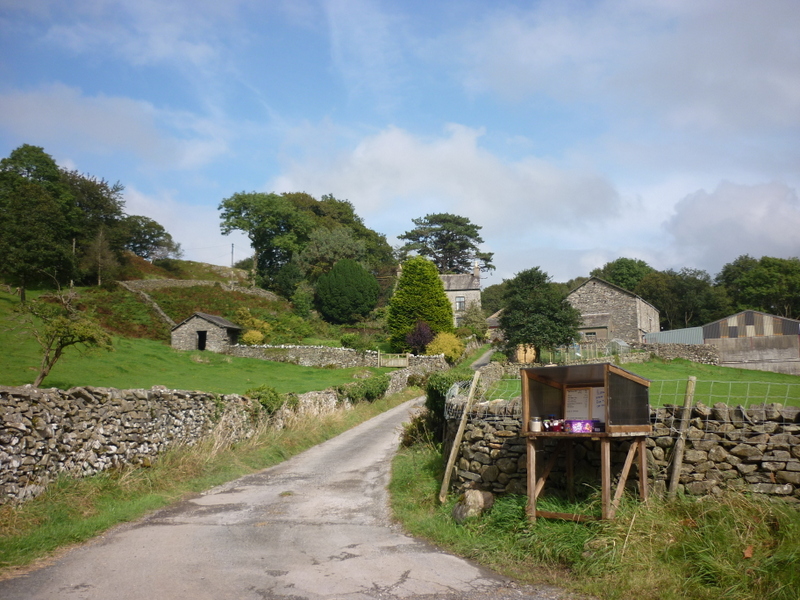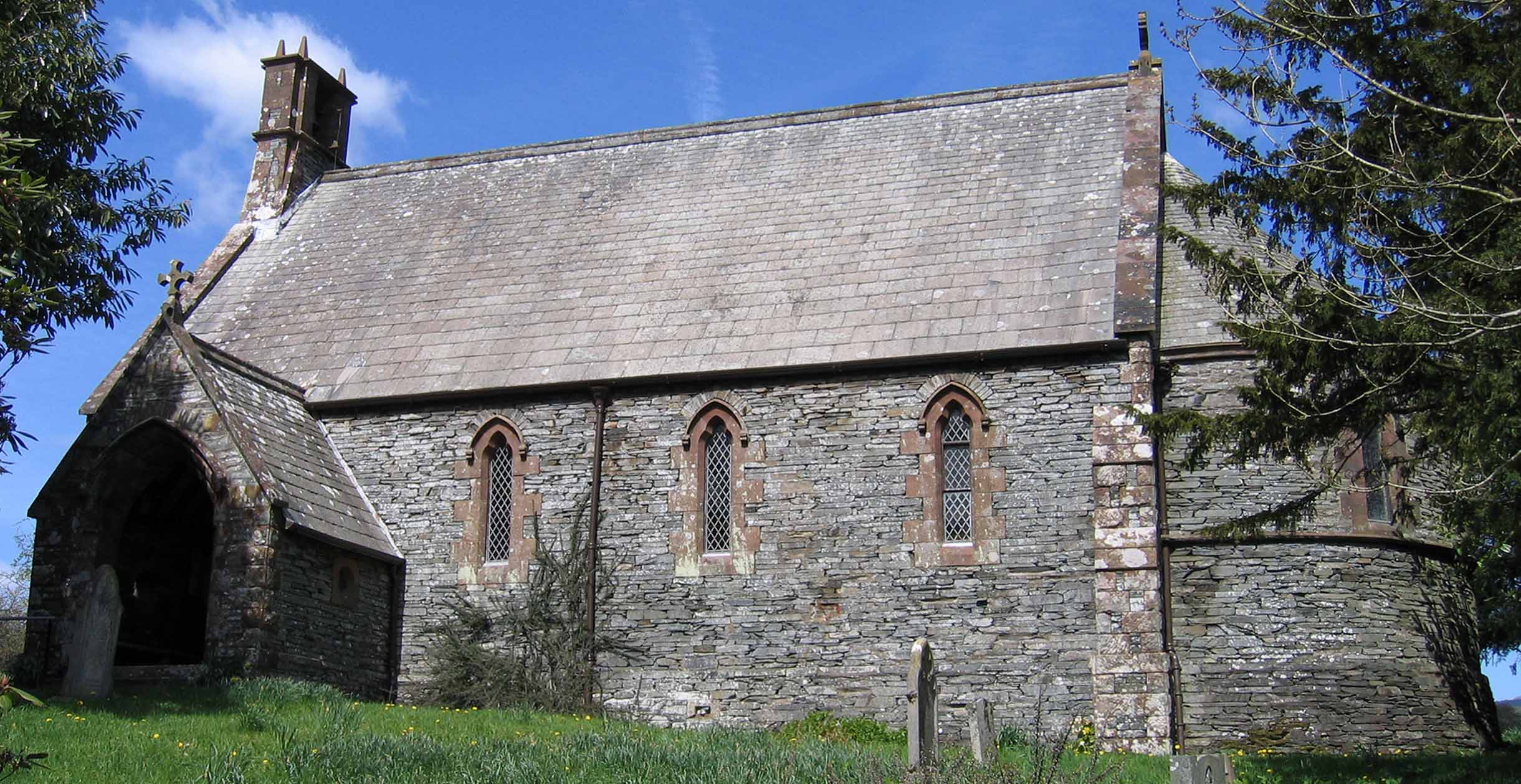Lower Rosthwaite Wood
Wood, Forest in Lancashire South Lakeland
England
Lower Rosthwaite Wood
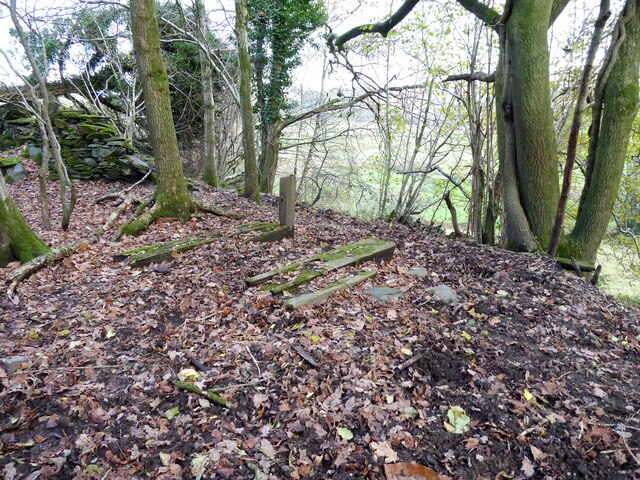
Lower Rosthwaite Wood is a picturesque woodland located in the county of Lancashire, England. Situated near the village of Rosthwaite, this woodland is renowned for its natural beauty and tranquil surroundings, making it a popular destination for nature enthusiasts and hikers alike.
Covering an area of approximately 100 acres, Lower Rosthwaite Wood is predominantly comprised of native broadleaf trees, including oak, beech, and birch. The dense canopy created by these trees provides a shaded and cool environment, perfect for those seeking respite from the summer heat. The forest floor is covered with a rich carpet of ferns, moss, and wildflowers, adding to the woodland's enchanting atmosphere.
The wood is crisscrossed by a network of well-maintained footpaths, allowing visitors to explore its various sections and discover its hidden gems. Along these pathways, one may encounter a variety of woodland wildlife, including squirrels, rabbits, and a diverse array of bird species.
Lower Rosthwaite Wood is not only a haven for flora and fauna but also holds historical significance. The wood was once part of a larger estate and has been carefully managed for centuries, with some ancient trees estimated to be several hundred years old. These towering giants provide a glimpse into the area's past and contribute to the woodland's timeless charm.
Overall, Lower Rosthwaite Wood offers a tranquil and idyllic setting for individuals looking to connect with nature. Its lush vegetation, well-maintained trails, and abundant wildlife make it a must-visit destination for anyone seeking a peaceful retreat in the heart of Lancashire.
If you have any feedback on the listing, please let us know in the comments section below.
Lower Rosthwaite Wood Images
Images are sourced within 2km of 54.300891/-3.1687915 or Grid Reference SD2490. Thanks to Geograph Open Source API. All images are credited.

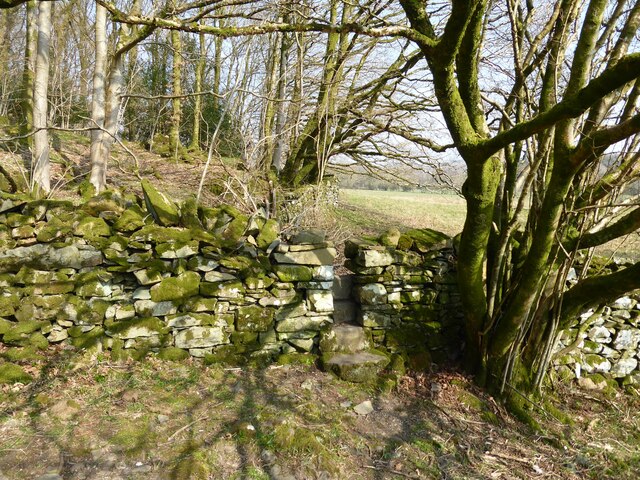
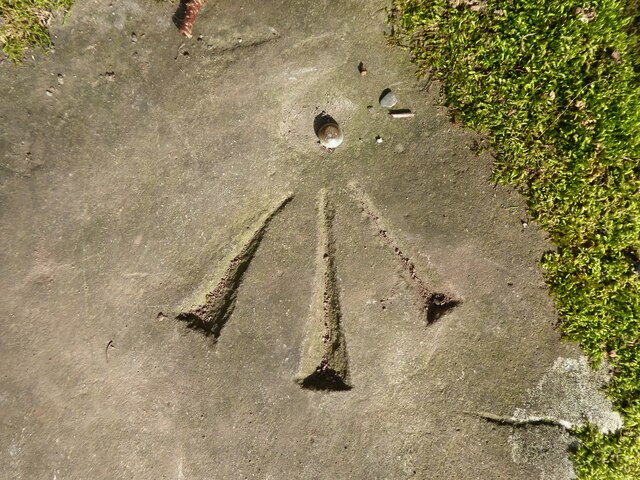
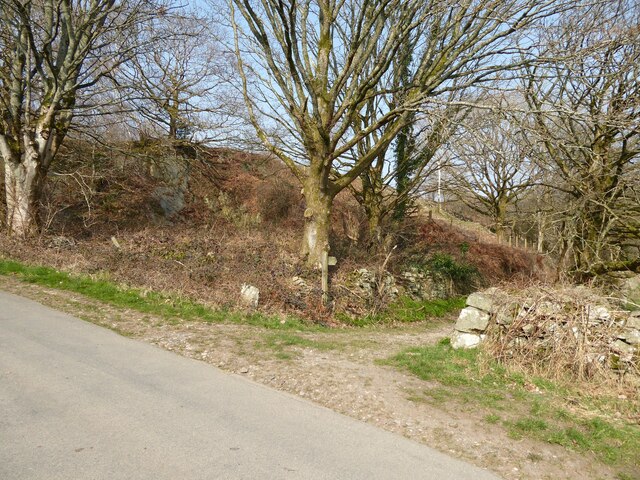
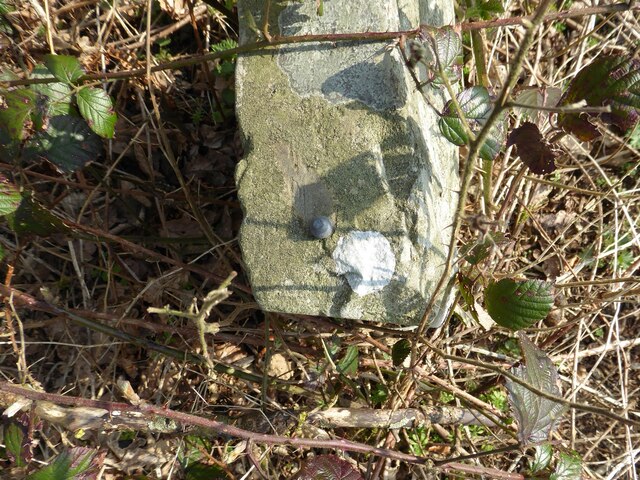
Lower Rosthwaite Wood is located at Grid Ref: SD2490 (Lat: 54.300891, Lng: -3.1687915)
Administrative County: Cumbria
District: South Lakeland
Police Authority: Cumbria
What 3 Words
///clinic.spoils.punch. Near Millom, Cumbria
Nearby Locations
Related Wikis
Rosthwaite, Broughton West
Rosthwaite is a settlement in the Broughton West civil parish of Westmorland and Furness, Cumbria England. It is part of the Lake District, 3 miles (4...
Woodland railway station
Woodland railway station served the hamlet of Woodland, in Lancashire, England (now in Cumbria). It was on the branch line to Coniston. == History == Authorised...
Broughton West
Broughton West is a civil parish in the Westmorland and Furness district of Cumbria, England. In the 2001 census the parish had a population of 954, decreasing...
Woodland, Cumbria
Woodland is a dispersed hamlet within the civil parish of Kirkby Ireleth in the Furness region of Cumbria, England, and is located in the southern part...
Nearby Amenities
Located within 500m of 54.300891,-3.1687915Have you been to Lower Rosthwaite Wood?
Leave your review of Lower Rosthwaite Wood below (or comments, questions and feedback).
